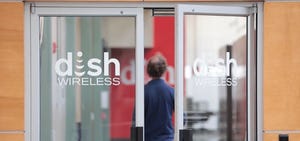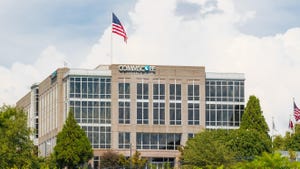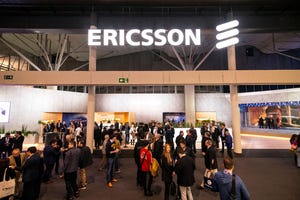TDS Tackles Access Bandwidth Challenge
VDSL2 deployment is the latest in a constant series of access upgrades that TDS hopes will help it stay ahead of consumer bandwidth demand
January 4, 2011

Even as TDS Telecom announced a major upgrade to its access infrastructure Tuesday using Calix Inc. (NYSE: CALX) technology, the telco is already considering future capacity plans as it tries to keep ahead of bandwidth demand. (See TDS Goes All Ethernet With Calix.)
In an interview with Light Reading, Ken Paker, vice president of network services at TDS -- which serves a combination of suburban, small town and rural areas in 30 states -- spelled out the dilemma facing broadband service providers.
"If history is a predictor, we have typically underestimated the kind of bandwidth we have had to put into the network," says Paker. "Most service providers are doing the best [they] can to get ahead of this train."
TDS announced an upgrade to its core infrastructure three months ago, to move to an all-Ethernet infrastructure with 10Gbit/s interfaces, and this latest upgrade to VDSL2 will take Ethernet into the access portion of its network.
Paker believes the upgrade to VDSL2 will get the telco "at parity or slightly ahead" of its cable competitors by enabling high-speed Internet access at 25 Mbit/s downstream and 5 Mbit/s upstream.
The VDSL2 offering is a natural migration of TDS's deployment of the Calix C7 Multiservice Access Platform, Paker says. The VDSL2-based service is currently available in seven states and will reach an additional 13 by end of this quarter. (See Calix Customers Heart VDSL2.)
But TDS is also deploying FTTH in more densely populated suburban areas, where it offers its own video product, and is considering copper bonding technology for the less densely populated towns and rural areas.
"If you look at what technology is available to us, VDSL2 is the one we are talking about today," Paker says. "From a technology perspective, our next step would be to include bonding in this mix."
That technology is available today, Paker admits, but is 12 to 18 months away from a TDS deployment standpoint.
What TDS wants to be able to do in the access arena is deploy the best possible technology on a neighborhood-by-neighborhood basis, Paker says. For example, active Ethernet over fiber is among the options TDS is exploring for high-density neighborhoods and for very low-density areas, where that technology could be more cost-effective than the Gigabit Passive Optical Network (GPON) technology TDS deploys today in greenfield deployments and some suburban areas.
"What we wanted to see from the technology vendors is the coexistence of active Ethernet and GPON on the same platform -- that is very important to us, so that we can do what is right for a neighborhood and not make a decision for the entire geographical area," Paker says.
Technology is not the only issue, of course: TDS must also meet business and consumer expectations around pricing. Its 25Mbit/s downstream and 5Mbit/s upstream offering is priced at $69.95 per month as part of a service bundle that includes voice and video, the latter being a DISH Network resale offer.
— Carol Wilson, Chief Editor, Events, Light Reading
You May Also Like










